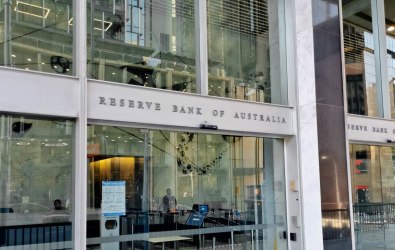A Melbourne Cup rate rise is now more than a 50 per cent possibility, according to ICAP senior economist Matthew Johnson.
The Australian Bureau of Statistics reported that the producer price index (PPI) for the September quarter rose 1.1 per cent, equating to an annual rate of 2.4 per cent, compared with 2.3 per cent in the year to June 30.
The number was higher than a market consensus estimate number of 0.9 per cent and fuels further inflationary fears within the economy.
"Everyone knows that the third quarter consumer price index (CPI) number is the key to the Reserve Bank of Australia's (RBA) next move, and everyone knows that RBA Governor [Glenn] Stevens has said that he will act, despite an election campaign, if there is a clear case for doing so. The question, therefore, is what constitutes a clear case," Johnson said.
"There is always a lot of talk about PPI and CPI not really tracking together following the release of PPI, however, over the past few quarters it's been a clear case of economist's errors on CPI and PPI tracking together."
"I think that there's a better than 50 per cent chance that the RBA will raise rates on November 7, following an elevated third quarter CPI result on Oct 24."
According to Johnson, the level of uncertainty about the state of the US economy and financial markets means there is still room for debate about the wisdom of raising rates.
"The argument against a rate hike reminds me of the debate surrounding the August rate hike. At that time it was already clear that this sub-prime thing had legs - however the RBA chose to stick to its knitting, and deal with the domestic problem first," Johnson said.
The RBA lifted interest rates to a decade high of 6.5 percent in August to head off an unexpected pick up in inflation.
Further large price increases for bulk commodity exports in 2008/09 are likely Johnson said, with global growth expected to be higher than the recent trend.
"Given this outlook, the debate would normally be about how much higher rates need to go - rather than to what extent," Johnson said.





